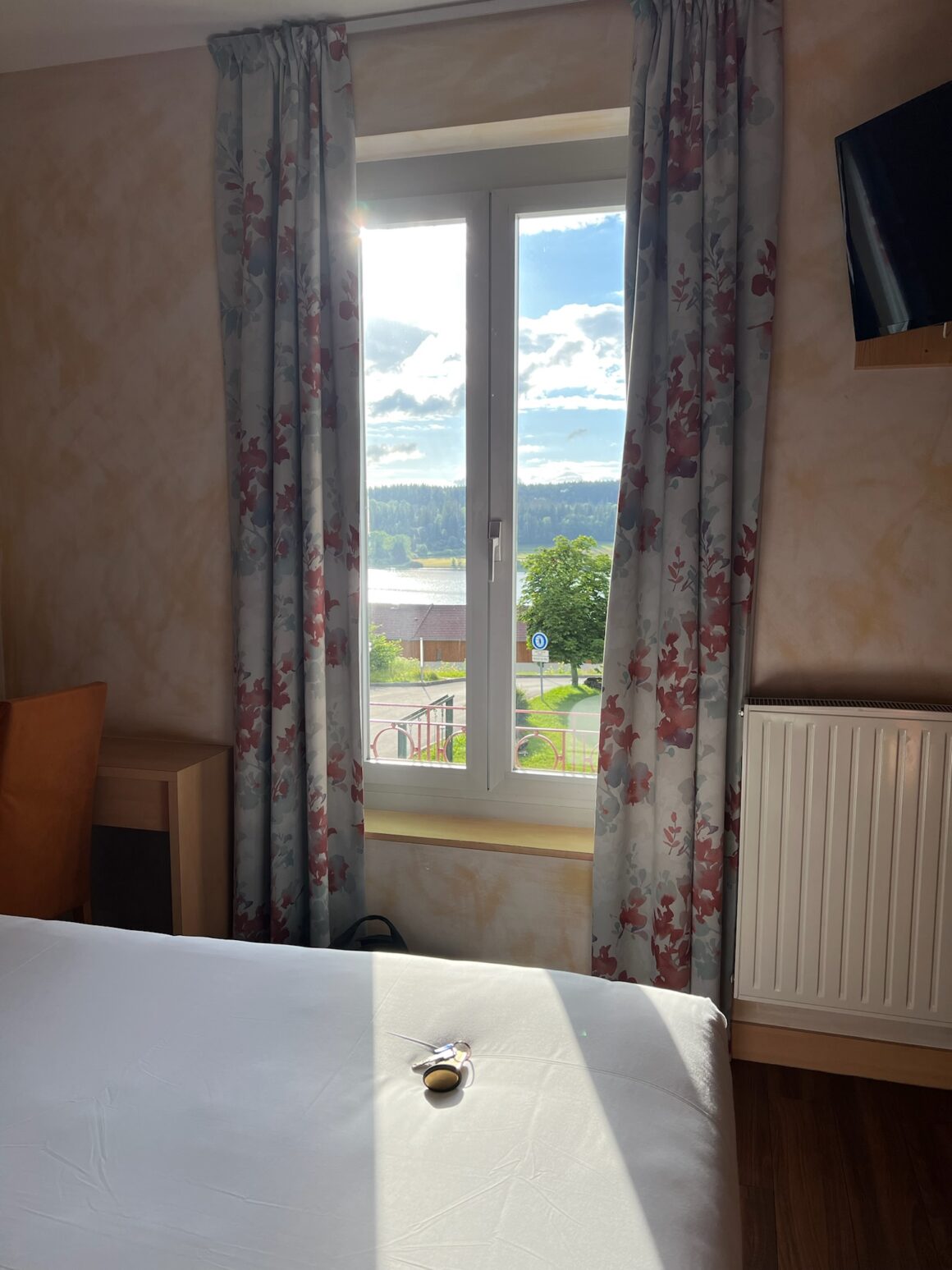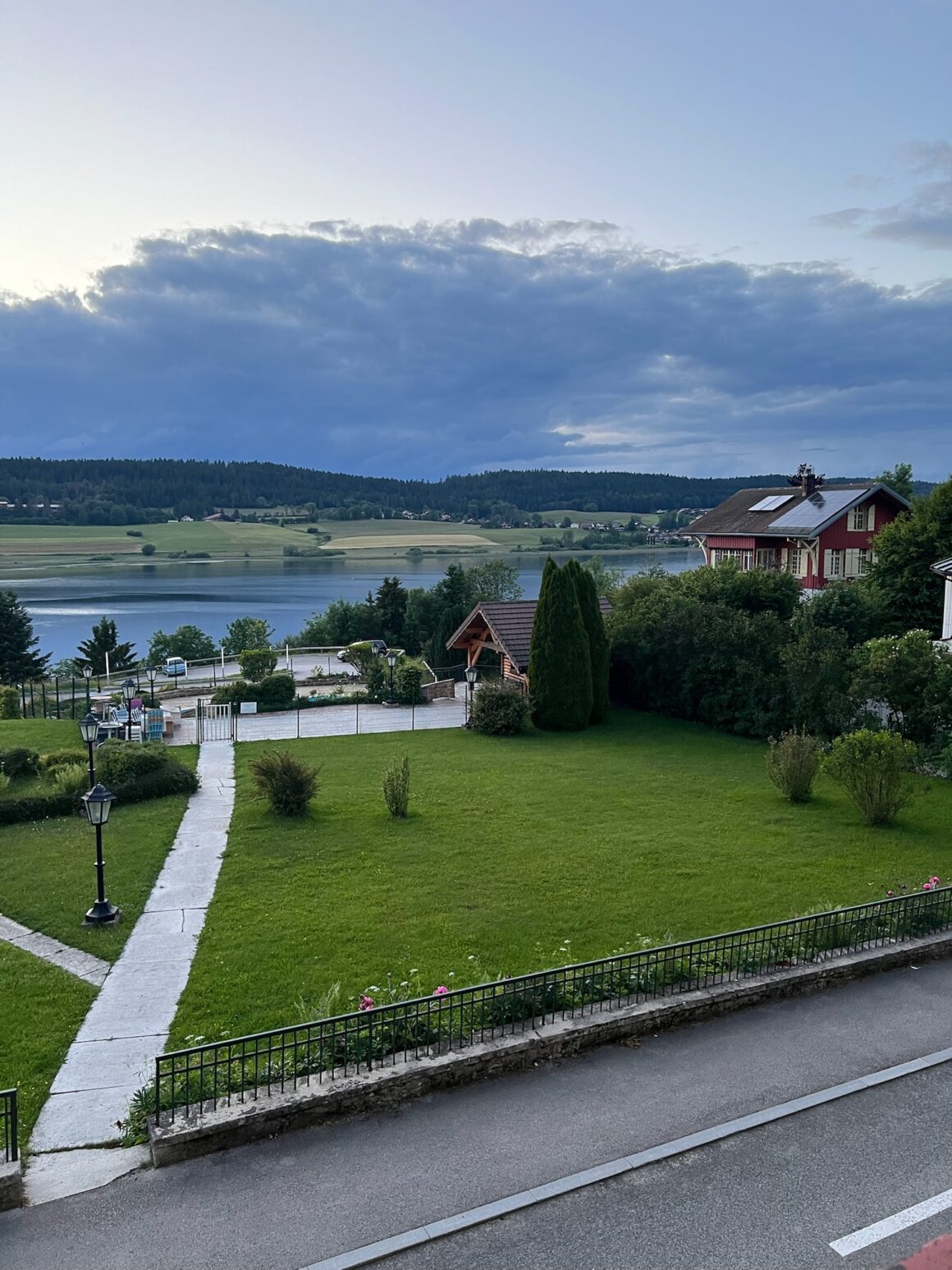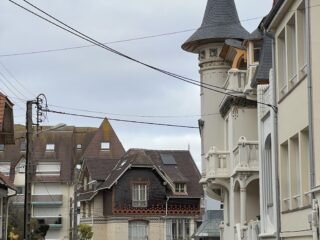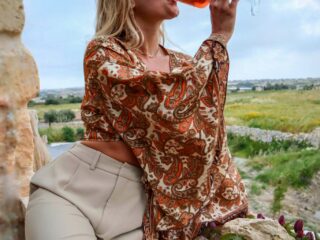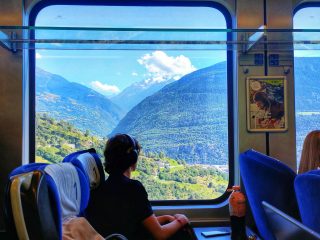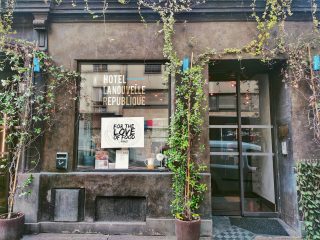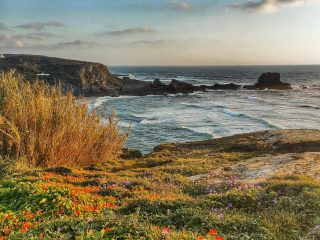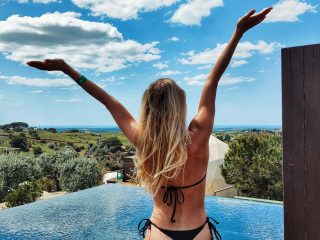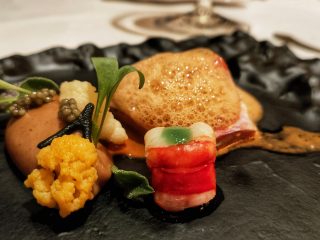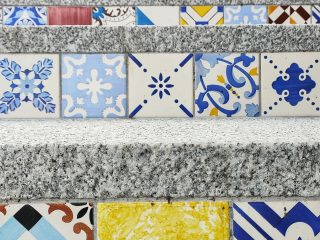What started as a wine trip to the Jura quickly turned into much more than just a lesson in wine knowledge. Don’t let your road trip to France stop at the usual hotspots—discover the Jura, a hidden gem full of wine, cheese, and more!
The Jura is a true treasure trove for the adventurous foodie. This route takes you through everything this region has to offer. Prepare for an adventure through vineyards, castles, and villages where time seems to stand still—though the flavors are anything but boring!
First Wine-Stop: Arbois
The Jura is the place to elevate your wine knowledge. The region is famous for its unique Vin Jaune (which means ‘yellow wine,’ and yes, it’s as cool as it sounds). At Domaine Rolet in Arbois, we witnessed how this wine is made.
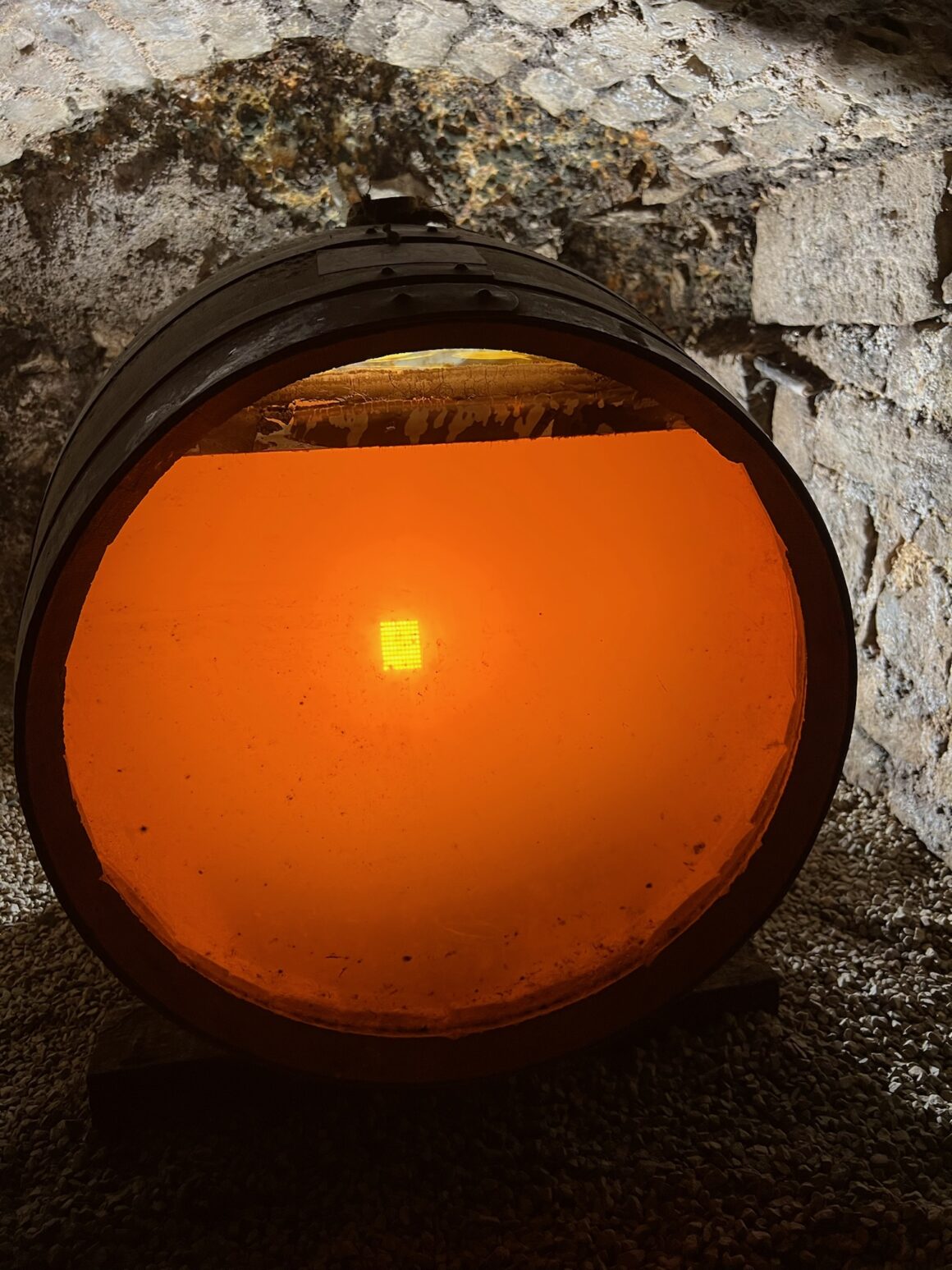
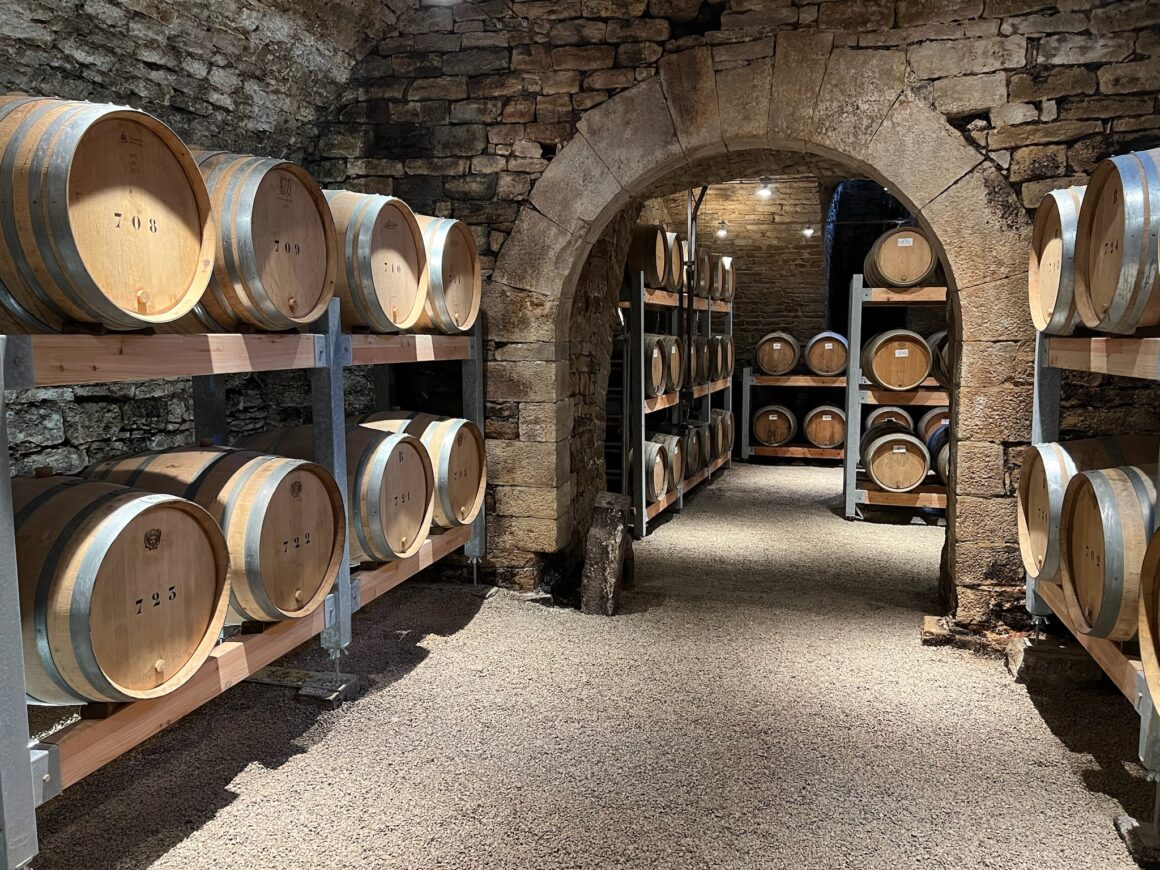
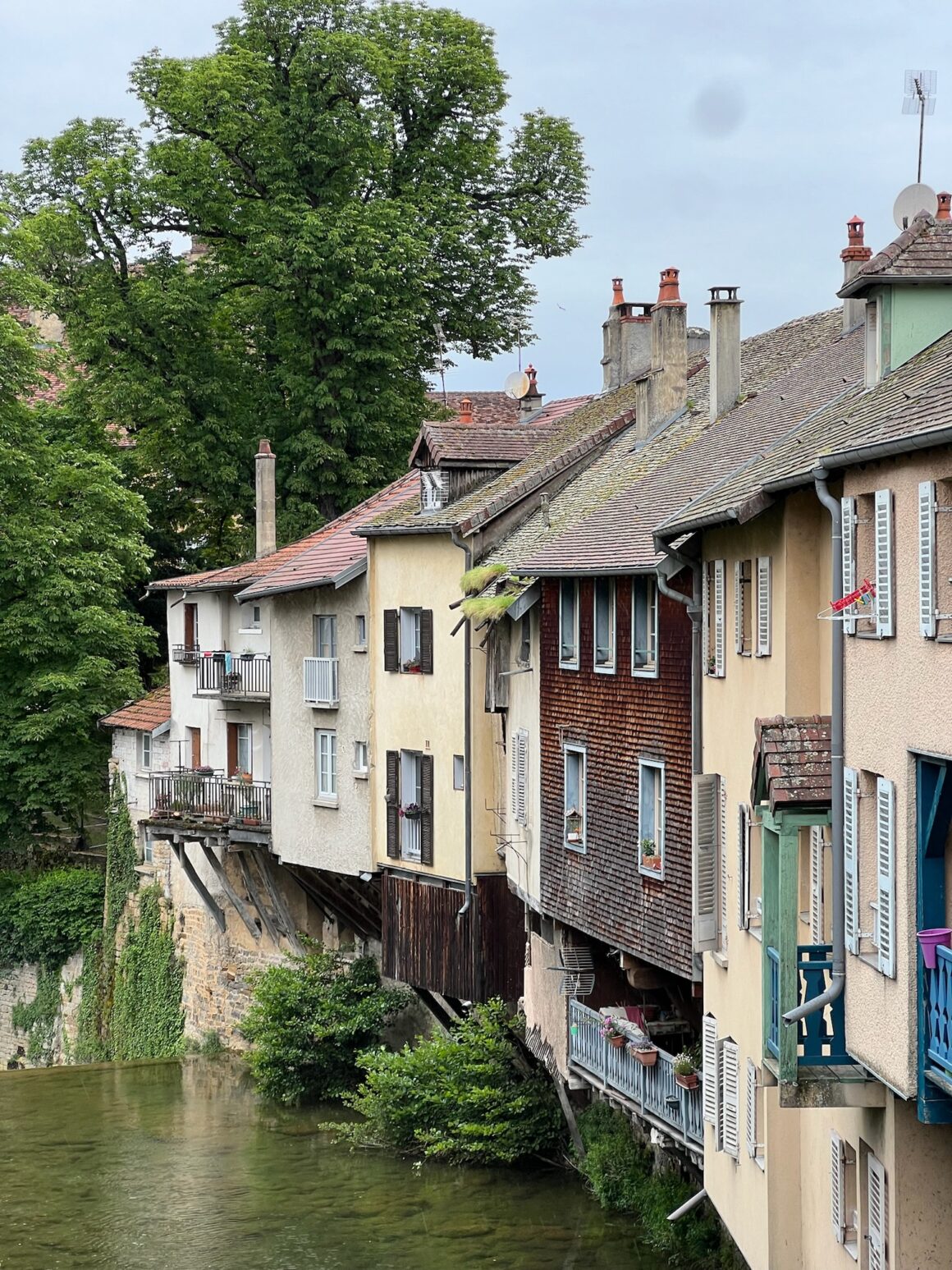
Unlike other wines, this wine barrel doesn’t need to be topped off, so oxygen remains in the barrel. The Savagnin grape (from which the wine is made) naturally produces a yeast layer. It’s the only grape variety that does this naturally. The yeast layer protects the wine and gives it a unique yellow color and a sweet aroma, though the taste isn’t sweet at all. The wine stays in the barrel for at least six years, and we learned that Rolet lets the Vin Jaune age for eight years! Quite special to see!
Cheese and more delicious food
After a morning full of wine (because in the morning the taste palette is still fresh), it’s time for cheese. At Fort Saint-Antoine, a whopping 100,000 Comté cheeses are aging. Yes, you read that right: one hundred thousand. We learned how these cheeses are turned and rubbed with salt daily (now done by machines, but in the past by hand), and there are four professional cheese tasters who taste 200 cheeses each day. Yes, this is actually a job! These tasters ensure that no bad cheeses leave the facility. It’s truly impressive to see how precisely they taste and evaluate the cheeses.
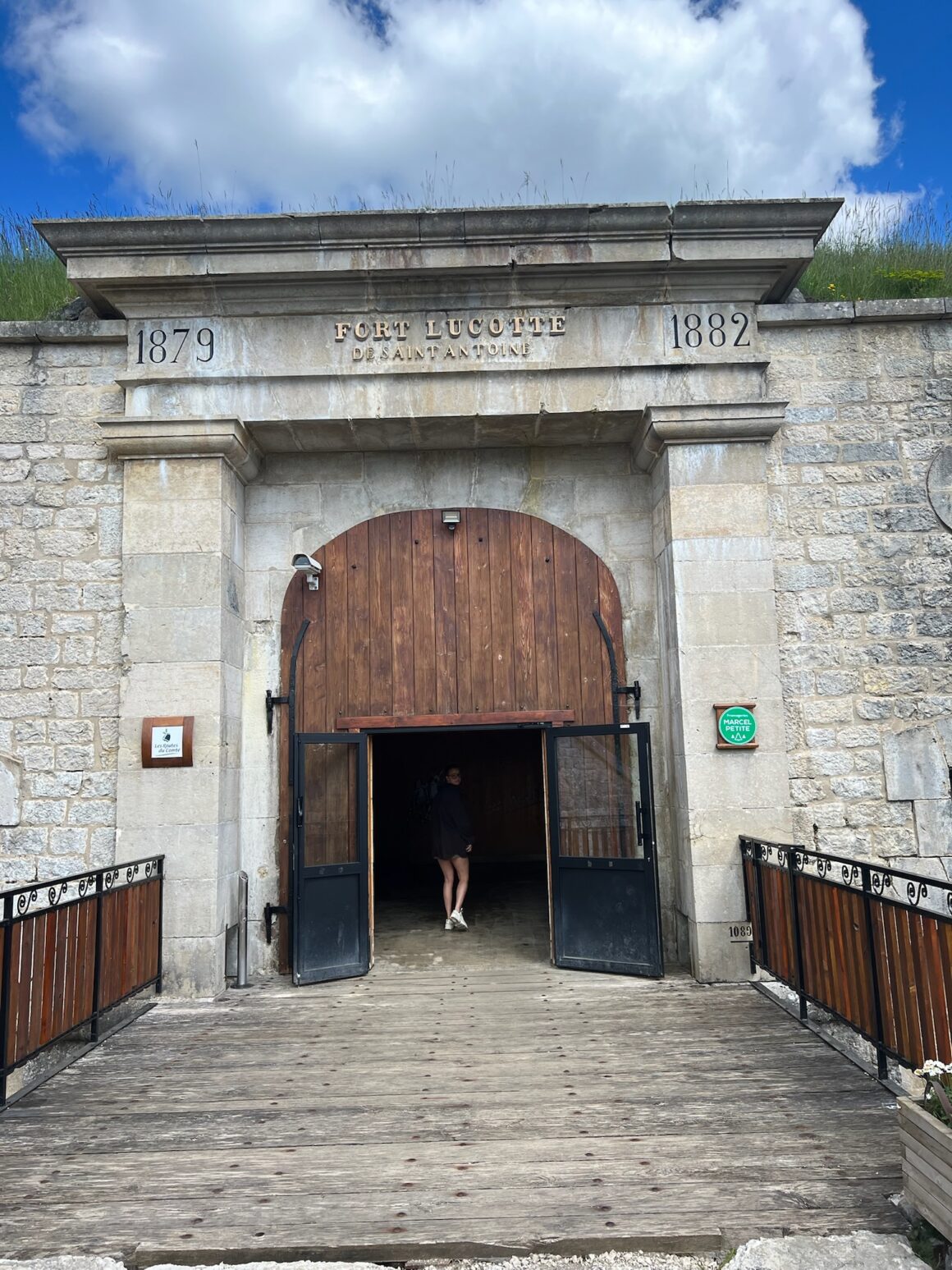
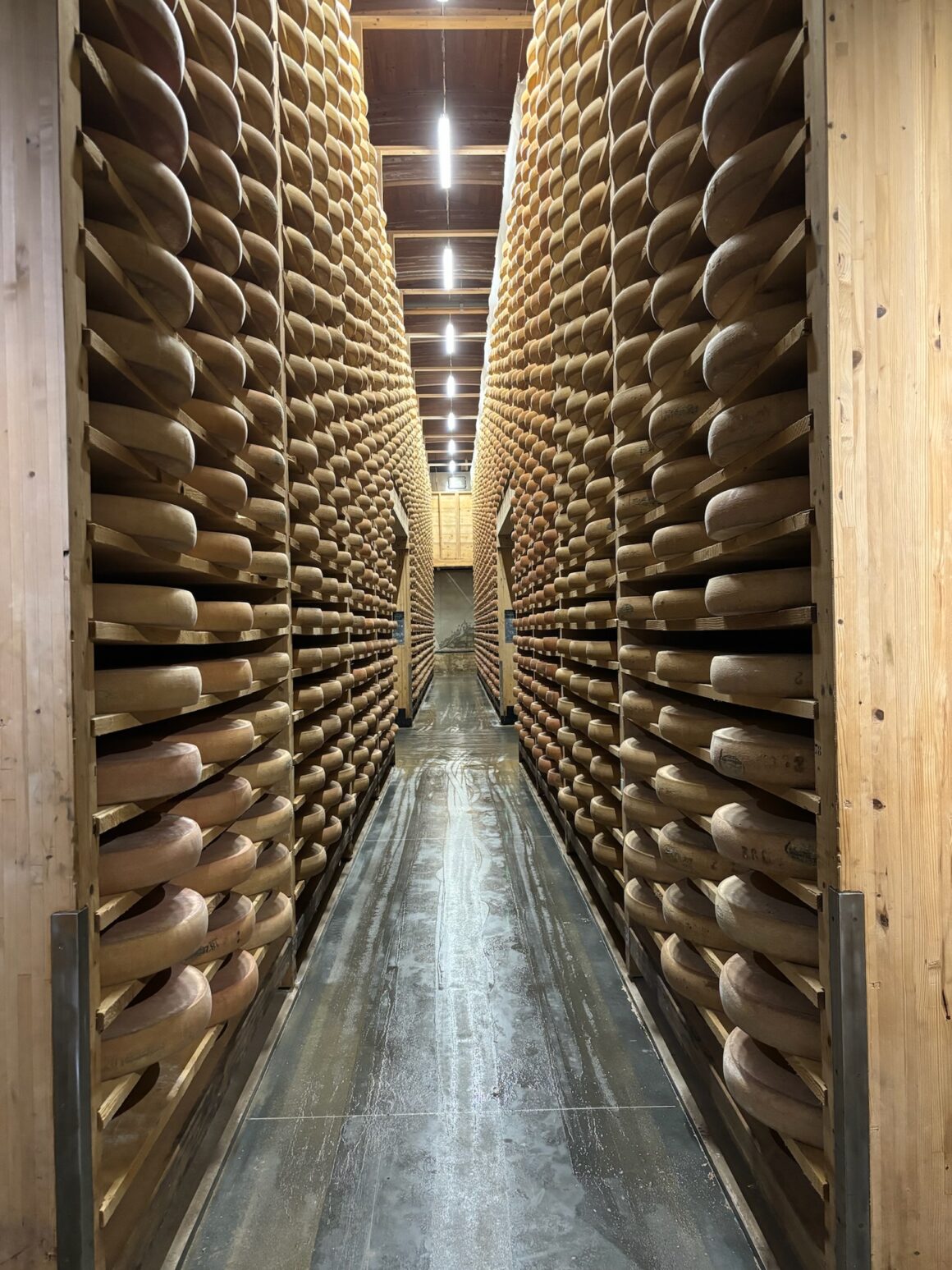
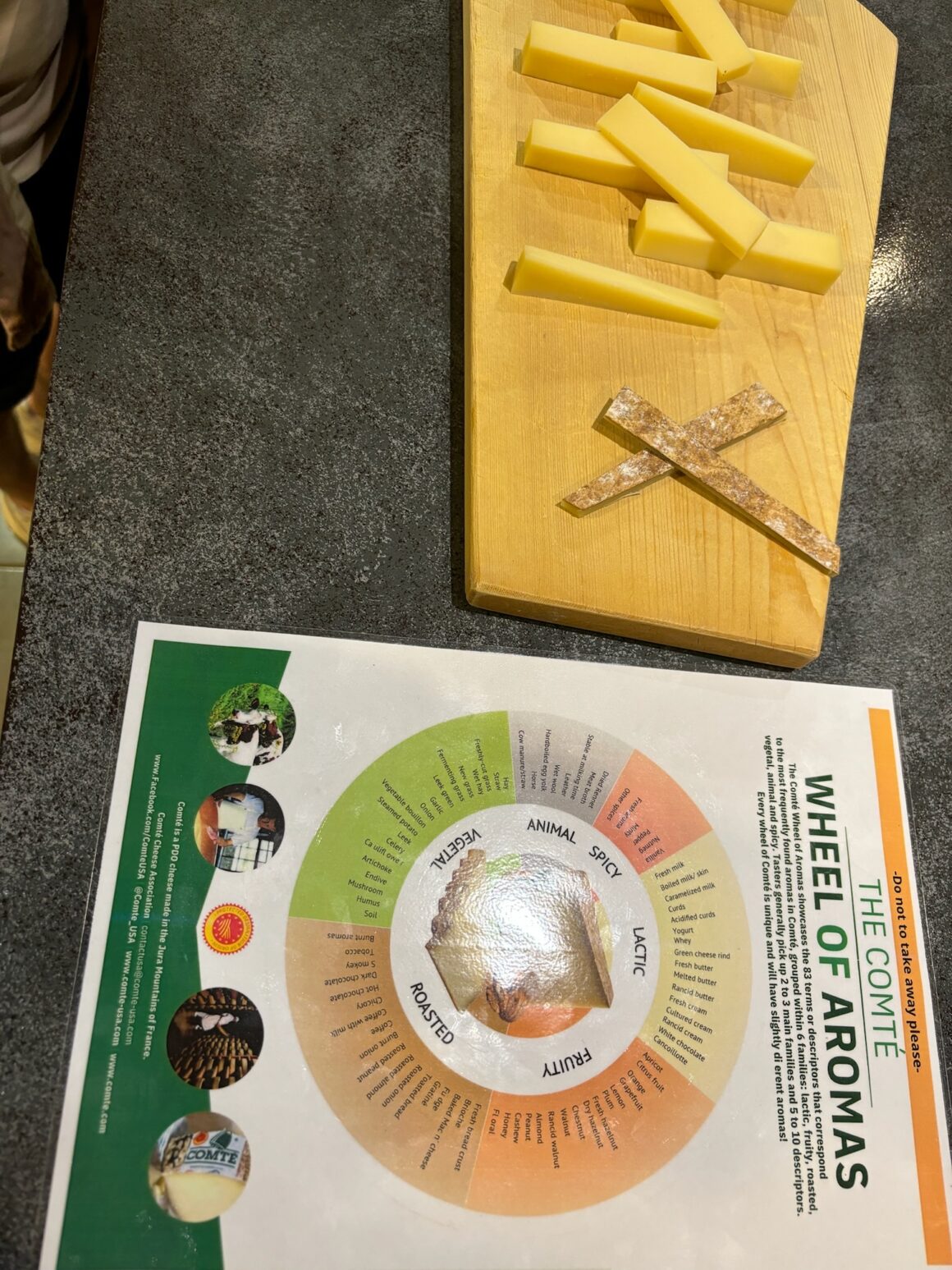
After all that tasting, we were ready for a full-sized meal, which we found at Comptoir des Docks. This restaurant, located at a charming roundabout in the Jura, serves refined fish and vegetarian dishes, accompanied by an impressive wine list. It was the perfect place to relax after all the experiences. Conveniently, there’s also a hotel above the restaurant: Comptoir le Voyager, so we could head straight to bed.
Hotel Tip Nearby: Comptoir le Voyager
A charming little hotel where you don’t have to worry about the next morning. Fresh bread and croissants are delivered to your door every morning, so one of you don’t even have to get out of bed! Perfect, especially after all the wine from the day before.
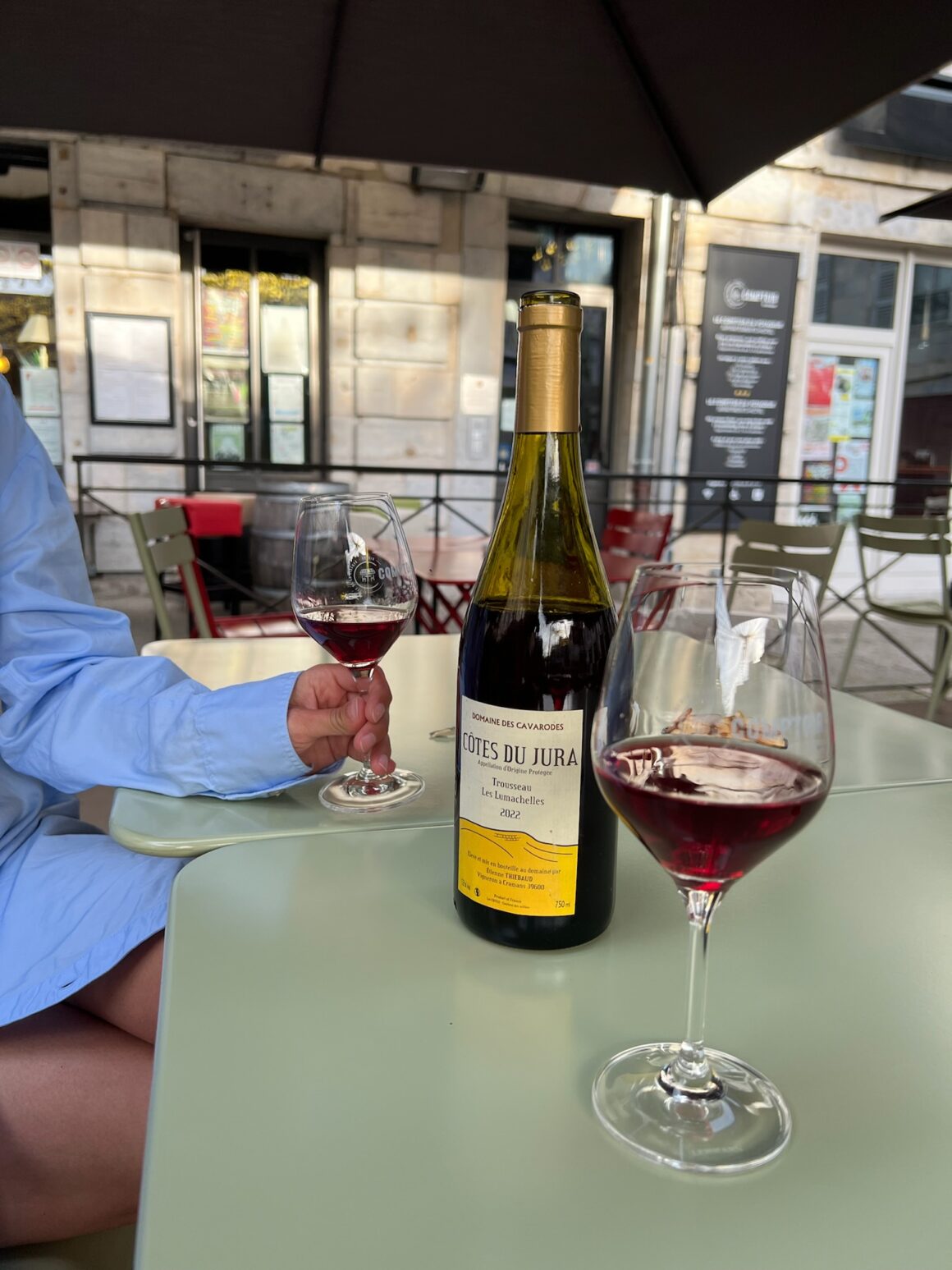
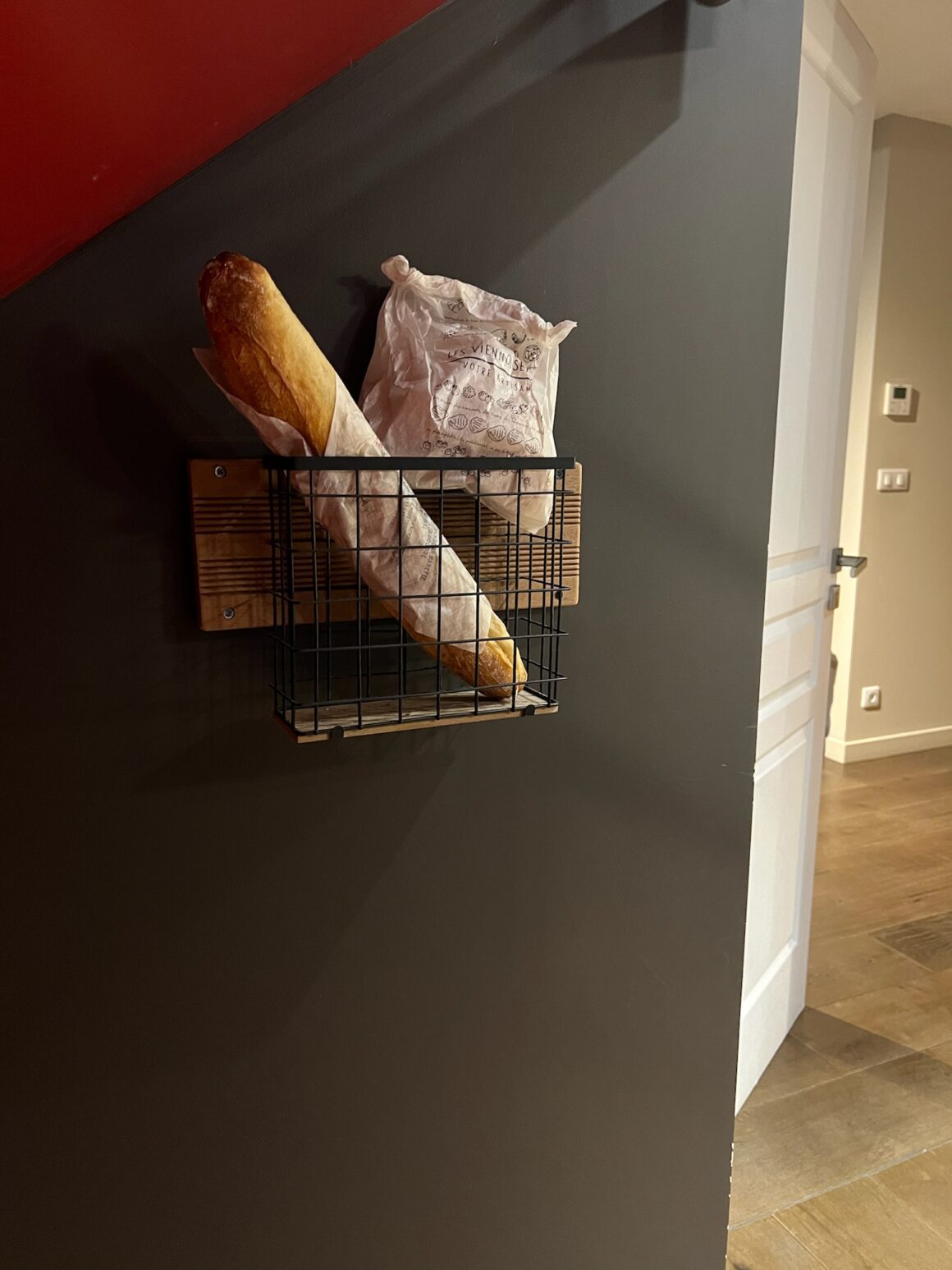
Second Wine-Stop: Chateau D’Arlay
Remember how you used to dream of castles? And now dream of wines? At Château d’Arlay, those two dreams come together. This castle is surrounded by vineyards that have been in use since the 12th century, making it officially the oldest vineyard on record. During a relaxed wine tasting, you’ll learn much more about their best wines and the rich history behind them. We won’t spoil it all, but here’s a little sneak peek of the stories…
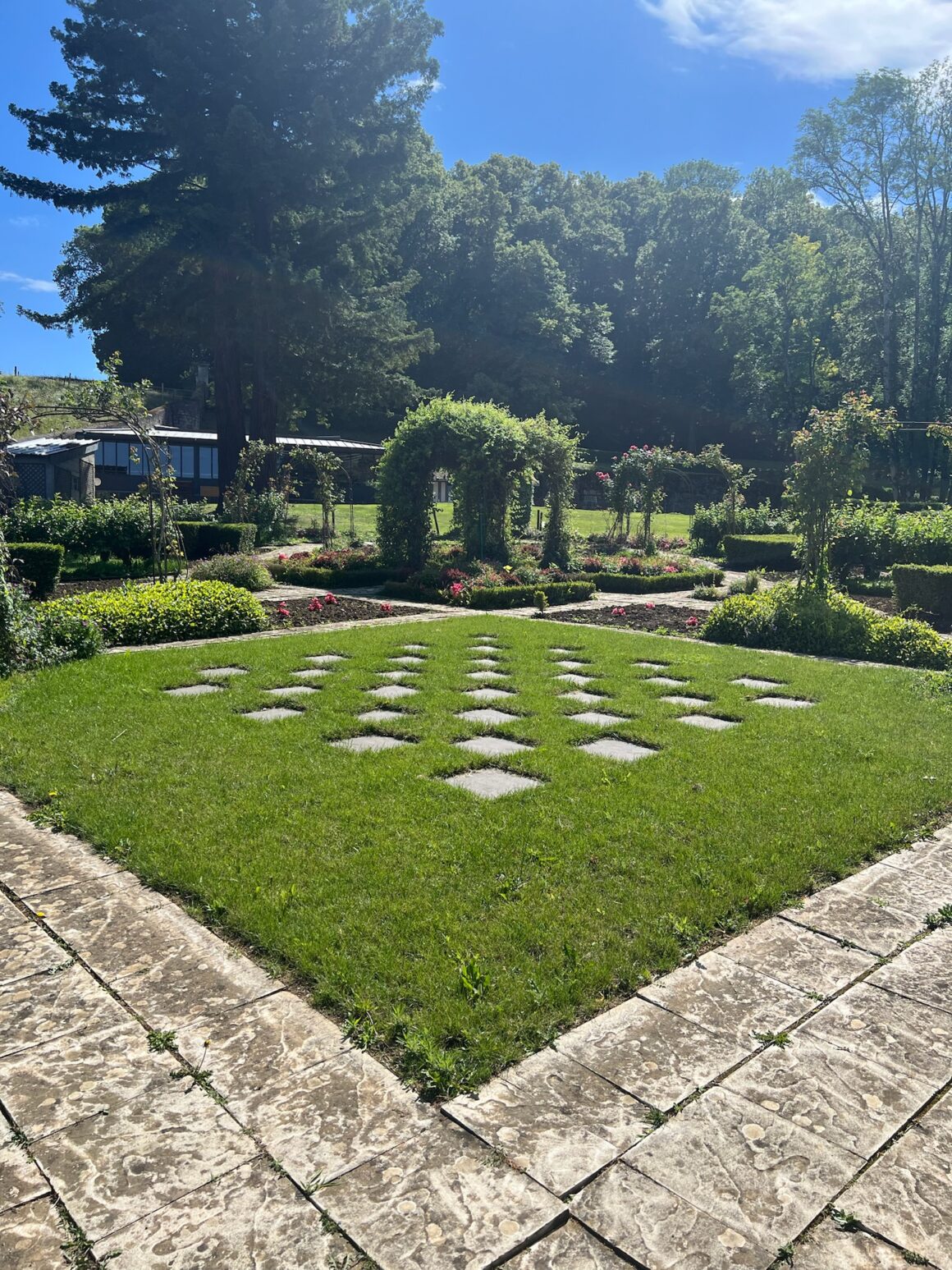
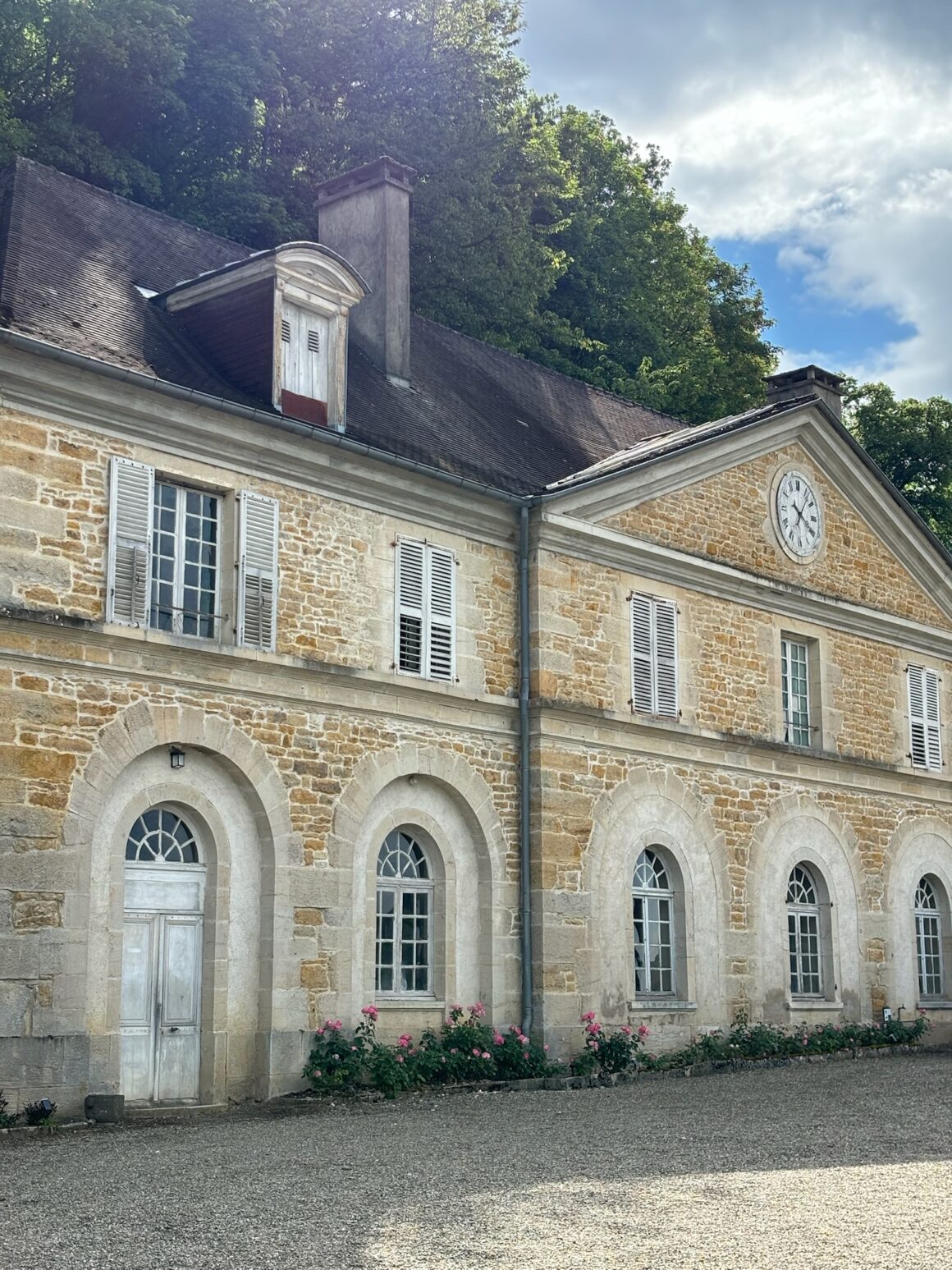
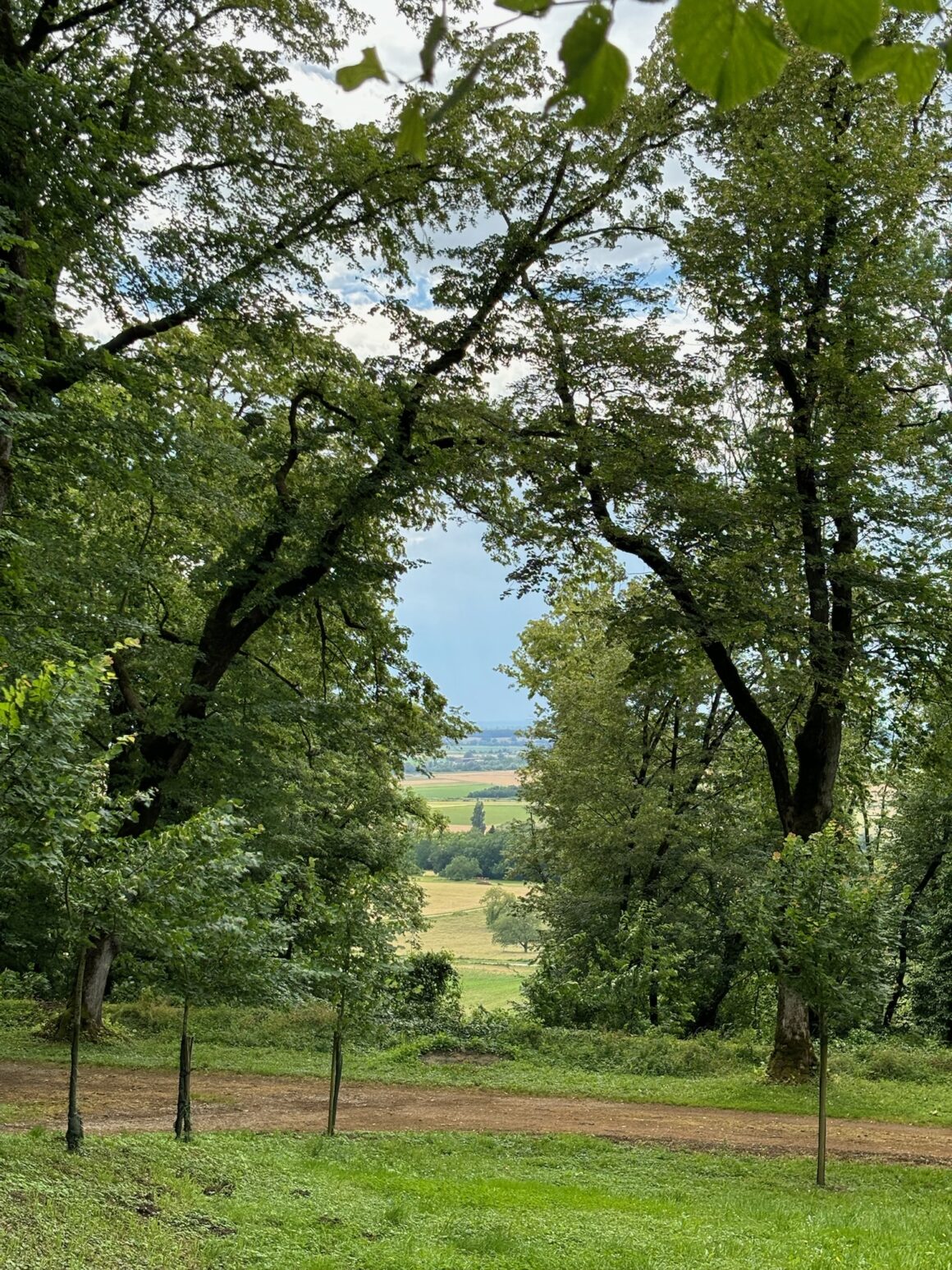
In the past, people couldn’t drink filtered water, so they consumed up to 3 liters of wine daily to stay hydrated. And when workers wanted to have some wine after picking grapes but the new harvest wasn’t ready yet, they simply mixed some distilled alcohol with grape juice—this is how the famous Macvin, one of the Jura’s specialties, was born.
Hotel Tip Nearby: B&B le Clos de la Gourmandière
At this point, you’ll start driving towards the charming small villages, and B&B le Clos de la Gourmandière is located in one of those villages: Saint Lothain. It’s one of the most beautiful villages in France and close to your next wine-stop: Château-Chalon. The lovely hosts serve a delightful breakfast with plenty of local products, and you can really taste the quality!
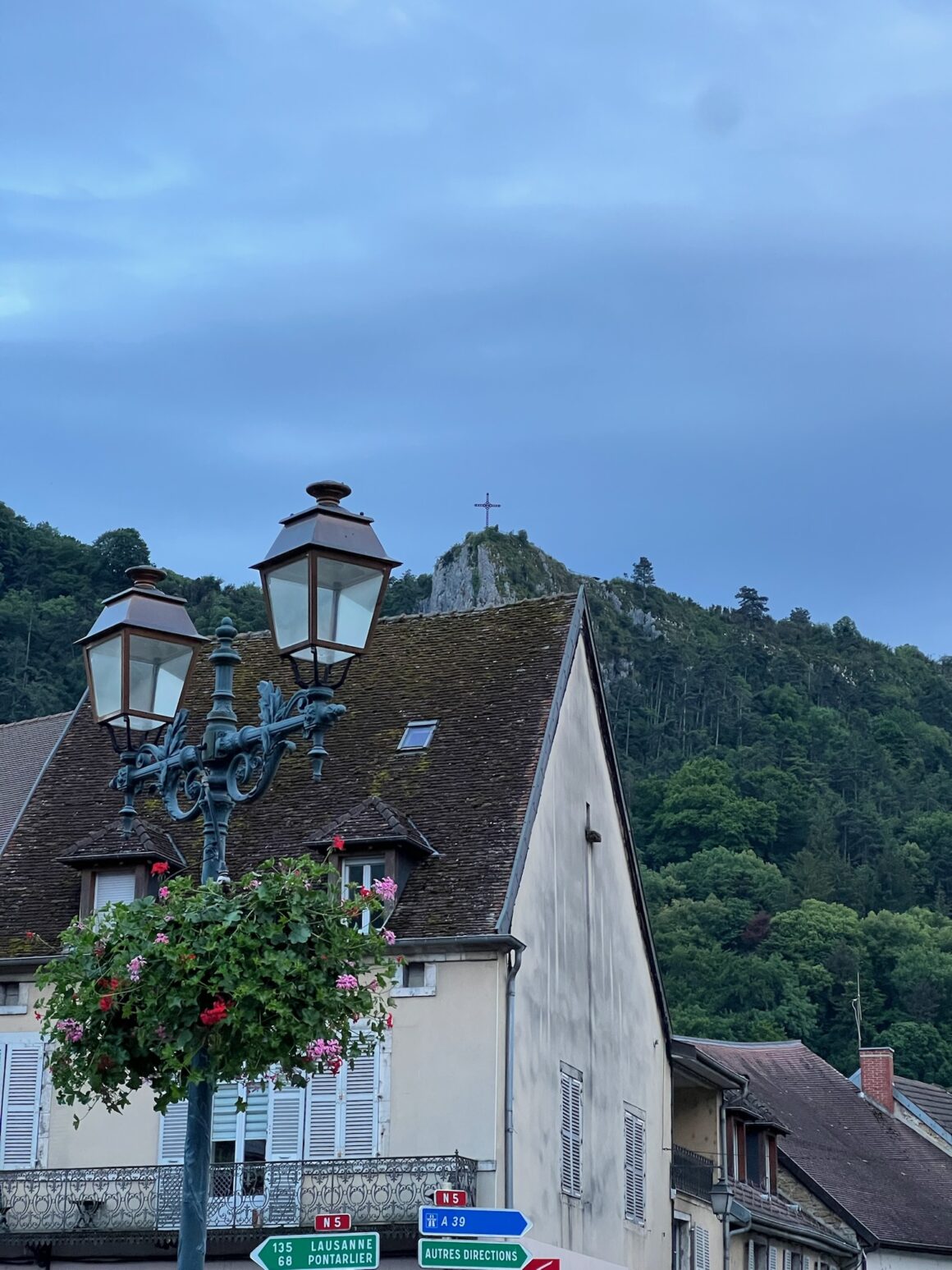
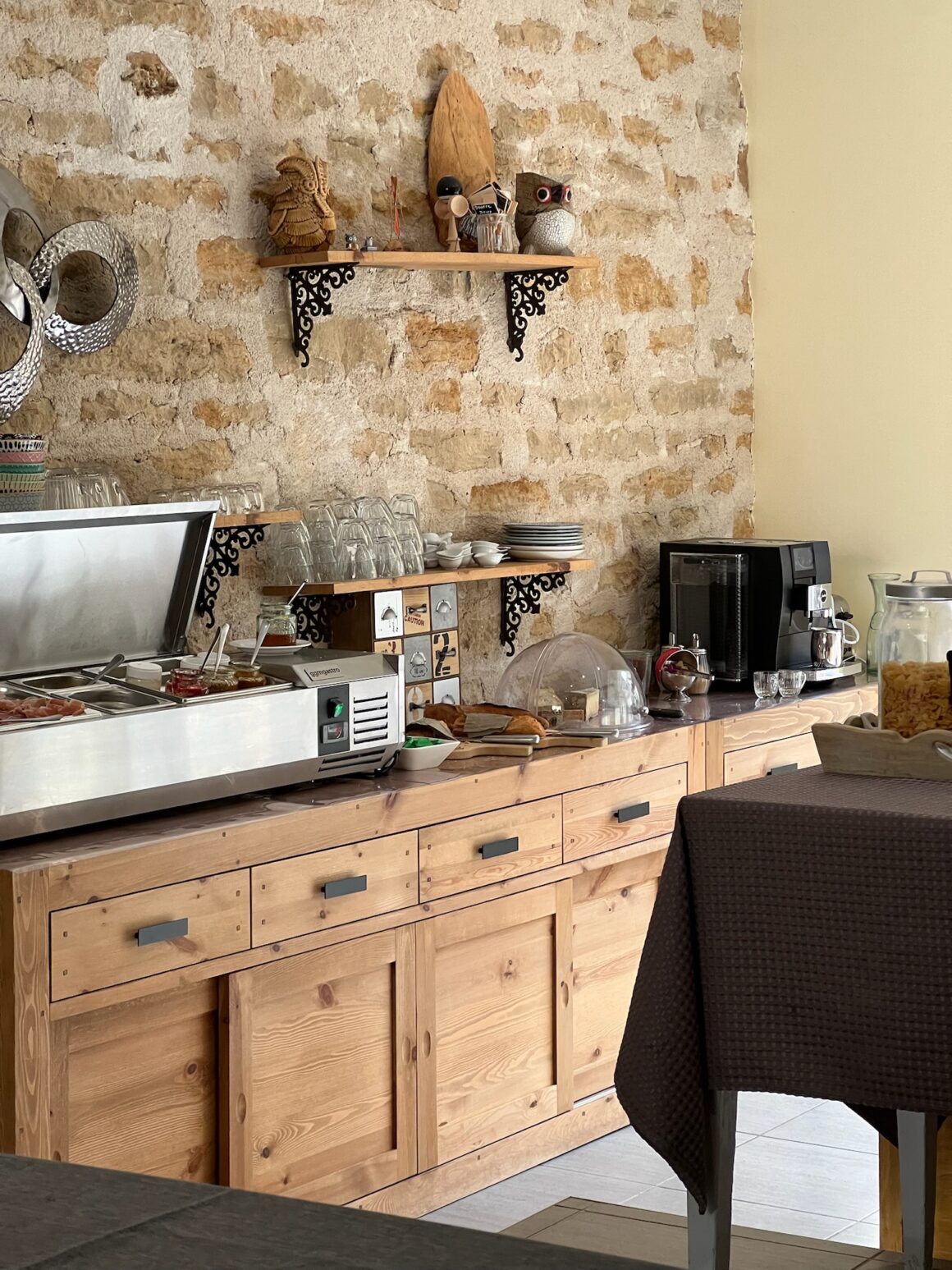
Third Wine-Stop: Château-Chalon
Château-Chalon is the star of the Jura vineyards. This is where the famous Vin Jaune was born! And besides that, it’s simply one of the most beautiful French villages we’ve come across. It feels like time stood still here! Everyone knows each other, what a lovely place. Wine, friendly neighbors, stunning views, and a relaxed atmosphere…
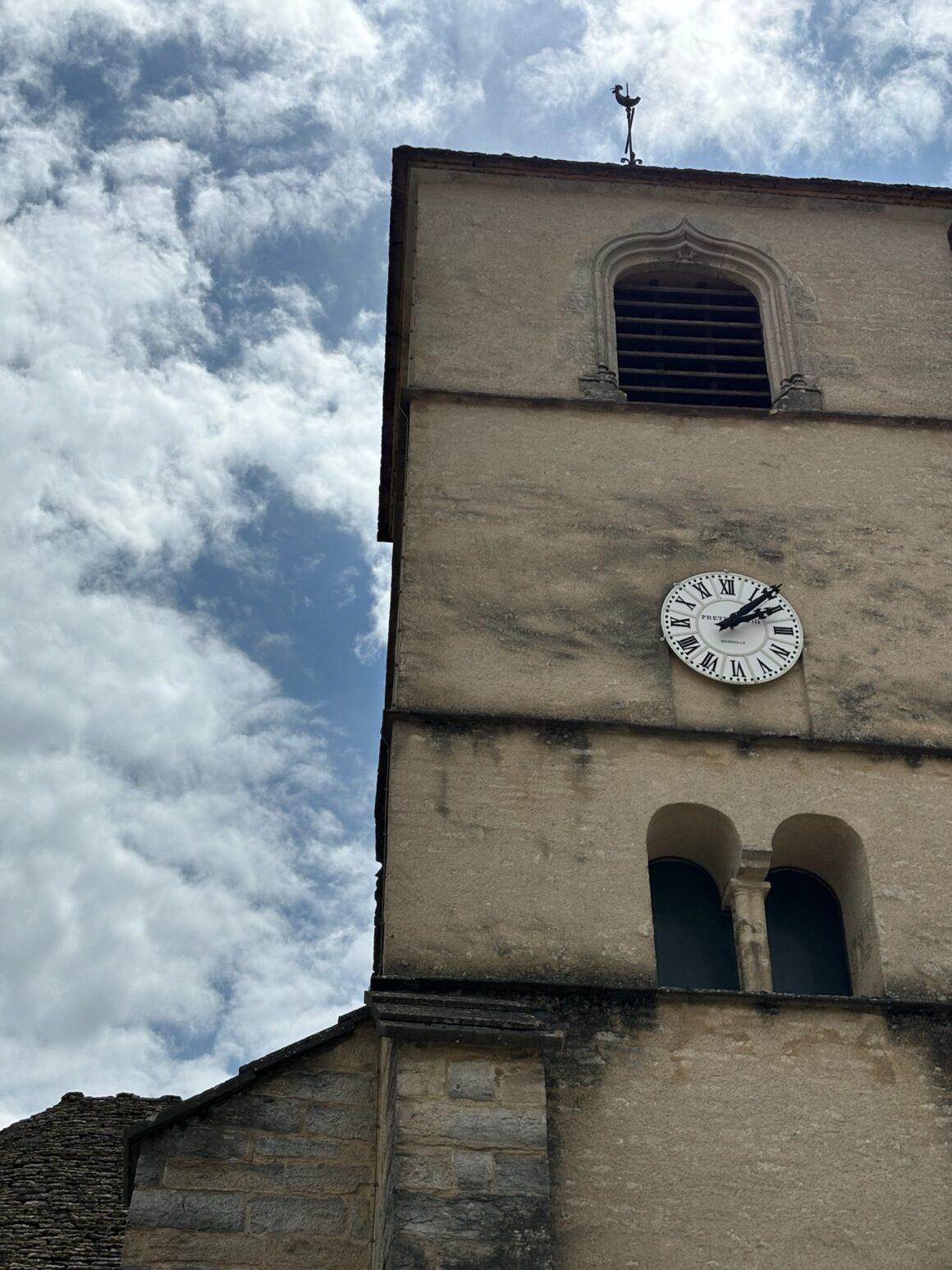
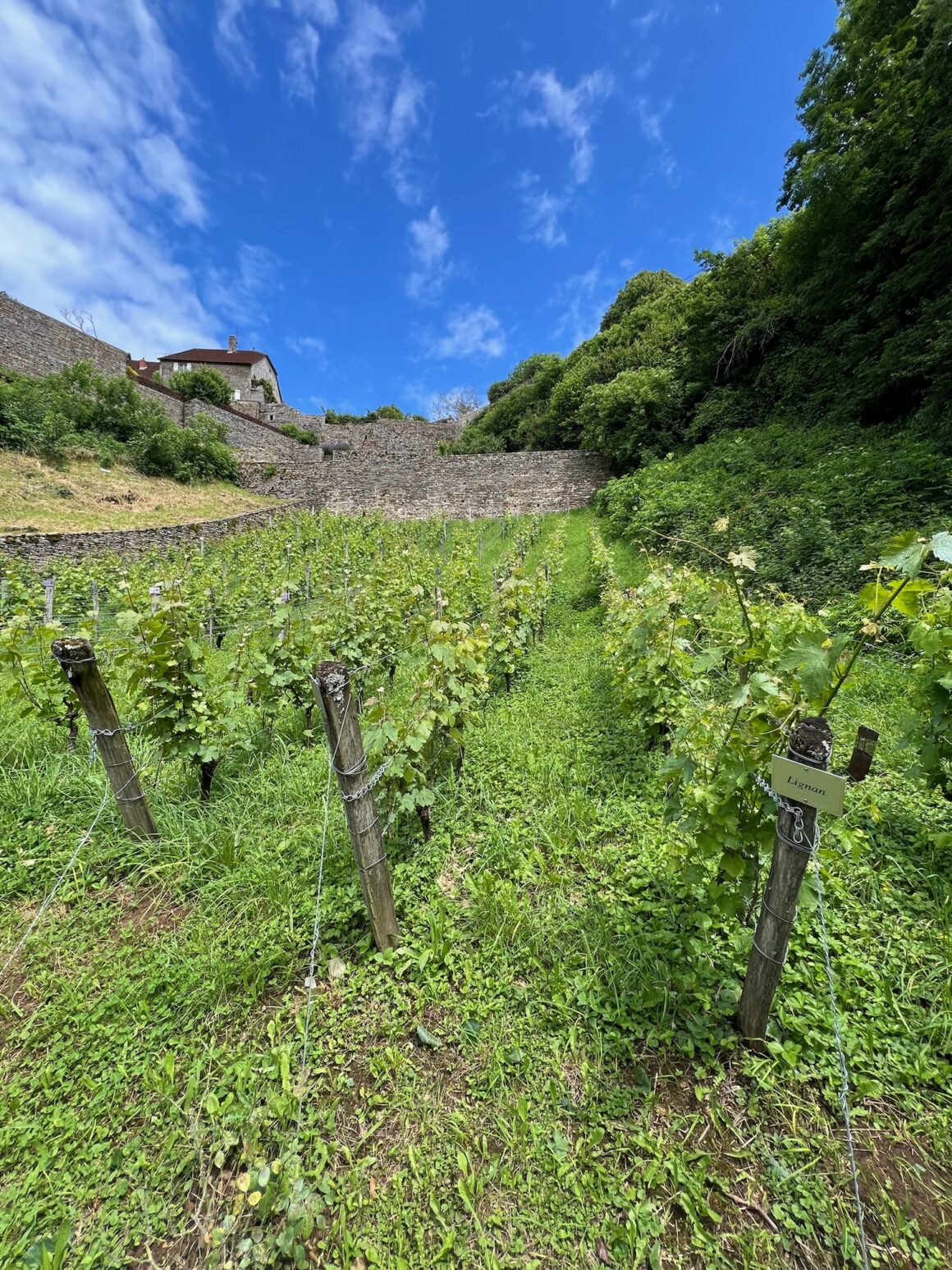
At Maison de la Haute Seille in Château-Chalon, we got a wine tasting masterclass from none other than the mayor himself, who is also a judge at wine competitions. He taught us how to truly look at, smell, and taste a wine, and even what to notice after you swallow the wine—because even after swallowing, the aromas can linger. We also learned about ‘caudalie,’ a unit that measures the seconds of the wine’s aftertaste; how long the flavor remains in your mouth.
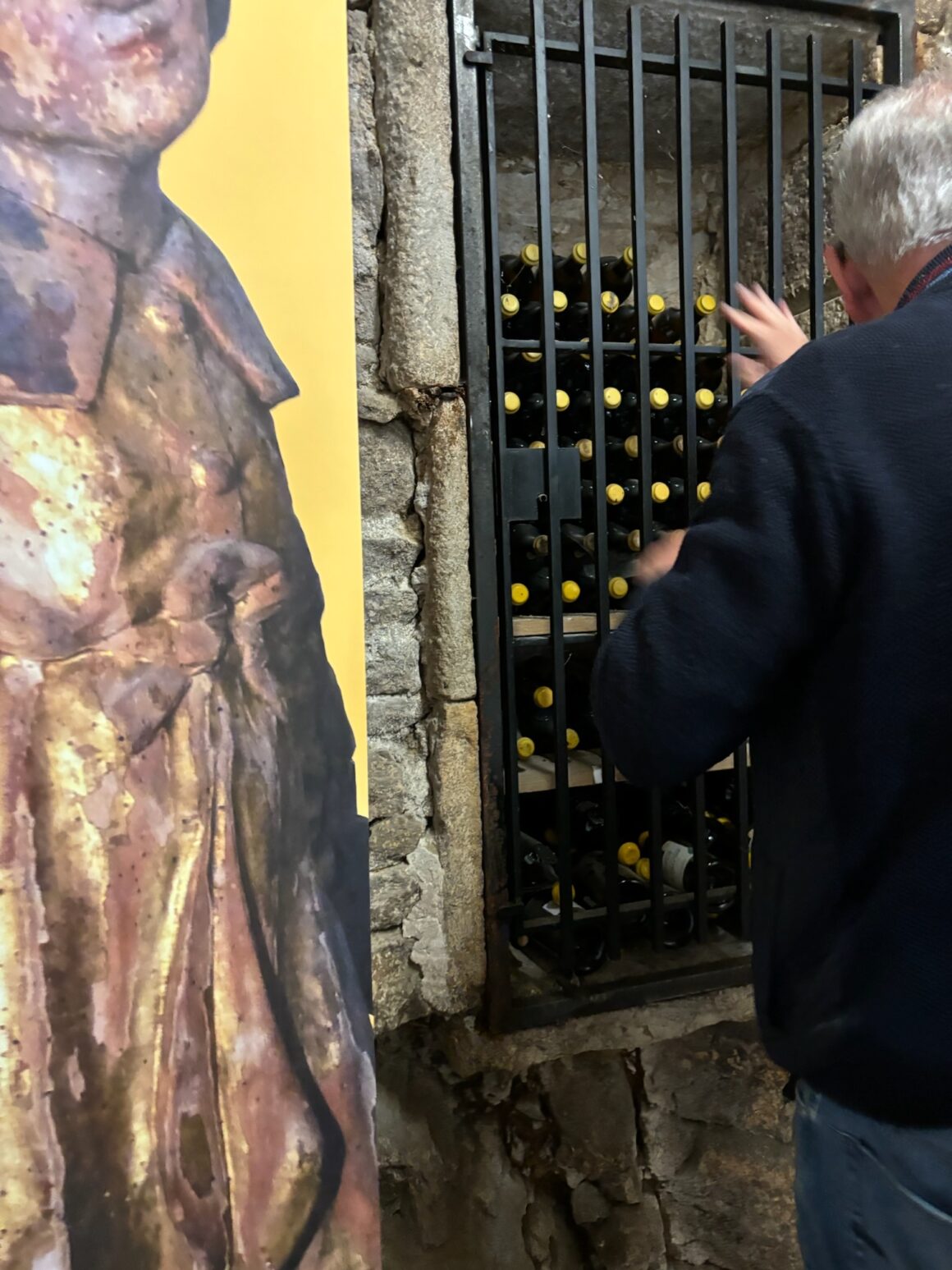
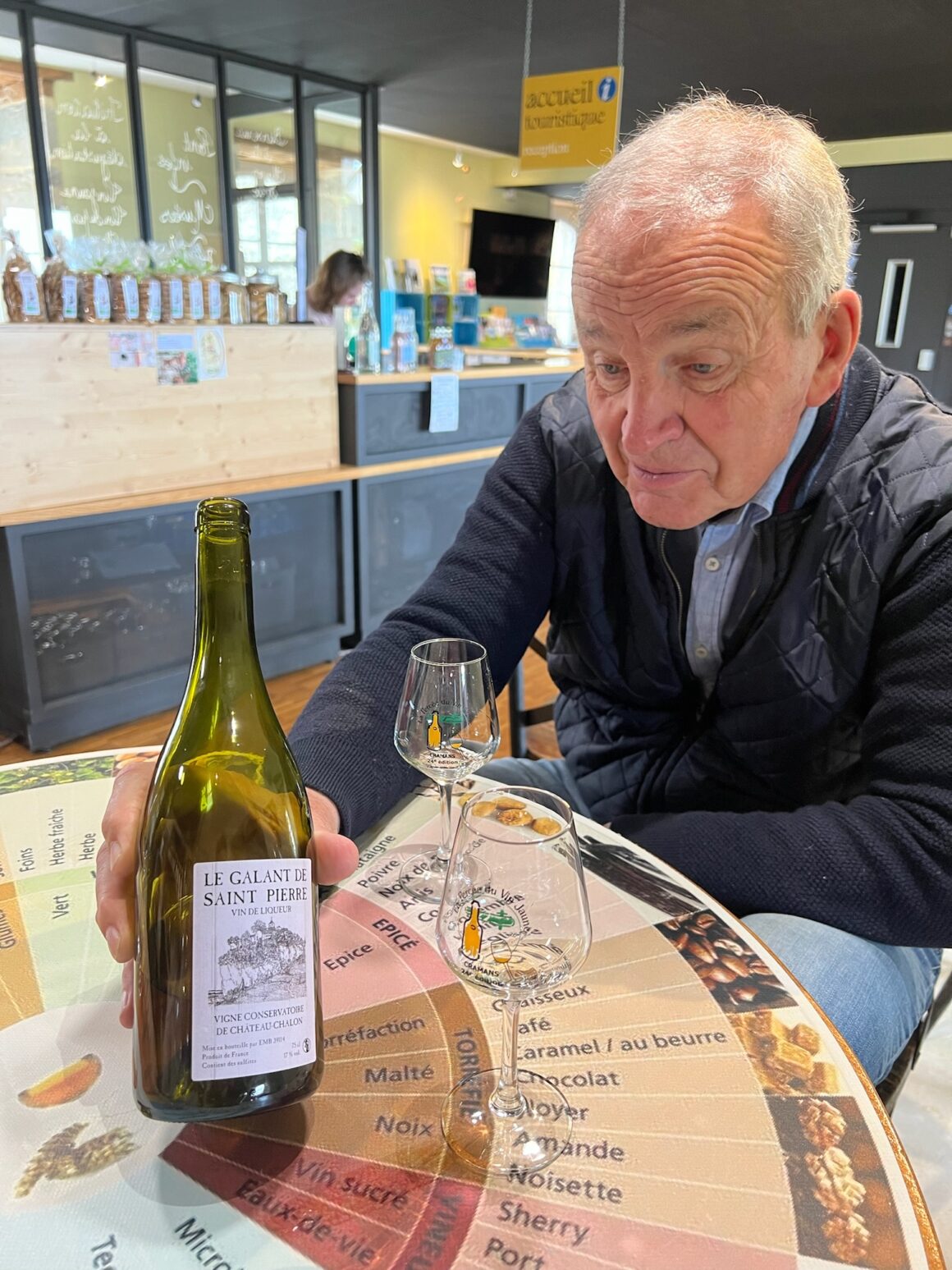
The mayor also saved a very special wine for us: a Vin de Paille, an almost extinct wine. Only 7 winemakers still knew how to make it. But don’t worry, they’ve now set up a course to teach more winemakers how to produce it, so you can enjoy it as well when you’re visiting.
Ready for lunch? Grab a seat on the terrace of Le Café des Seize Quartiers. Here, you’ll enjoy delicious local dishes paired with, of course, a tasty local wine!
Next Stop: Le Petit Bouilleur for Liqueurs
At Le Petit Bouilleur, we learned about a surprising circular process. This man, who returned to the Jura after inheriting his current place, now makes delicious liqueurs from staches of wine and beer that didn’t turn out quite right. What remains from the distillation process is used to enhance the fertility of the vineyards. During a tasting, he guided us through the world of alcohol.
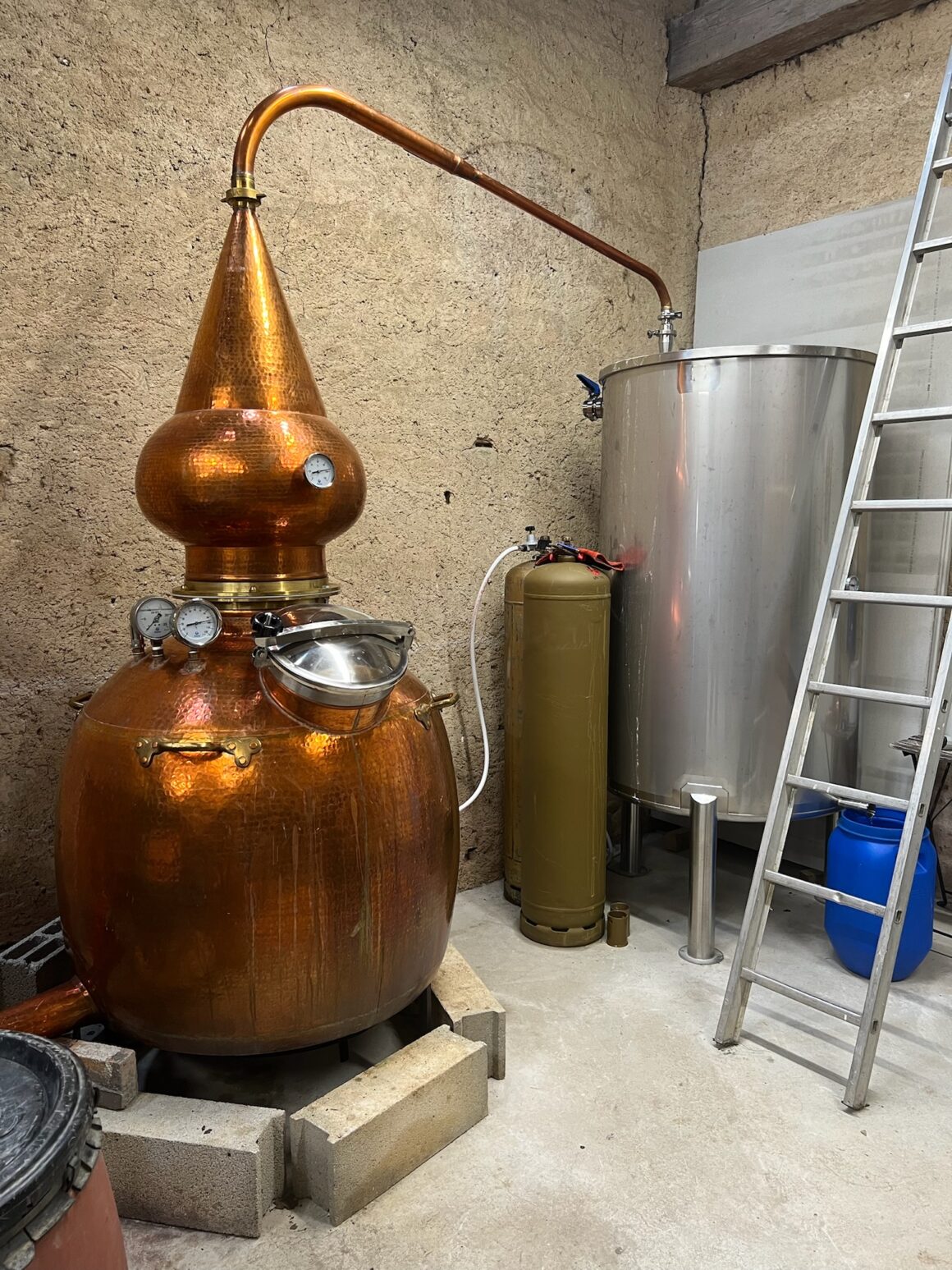
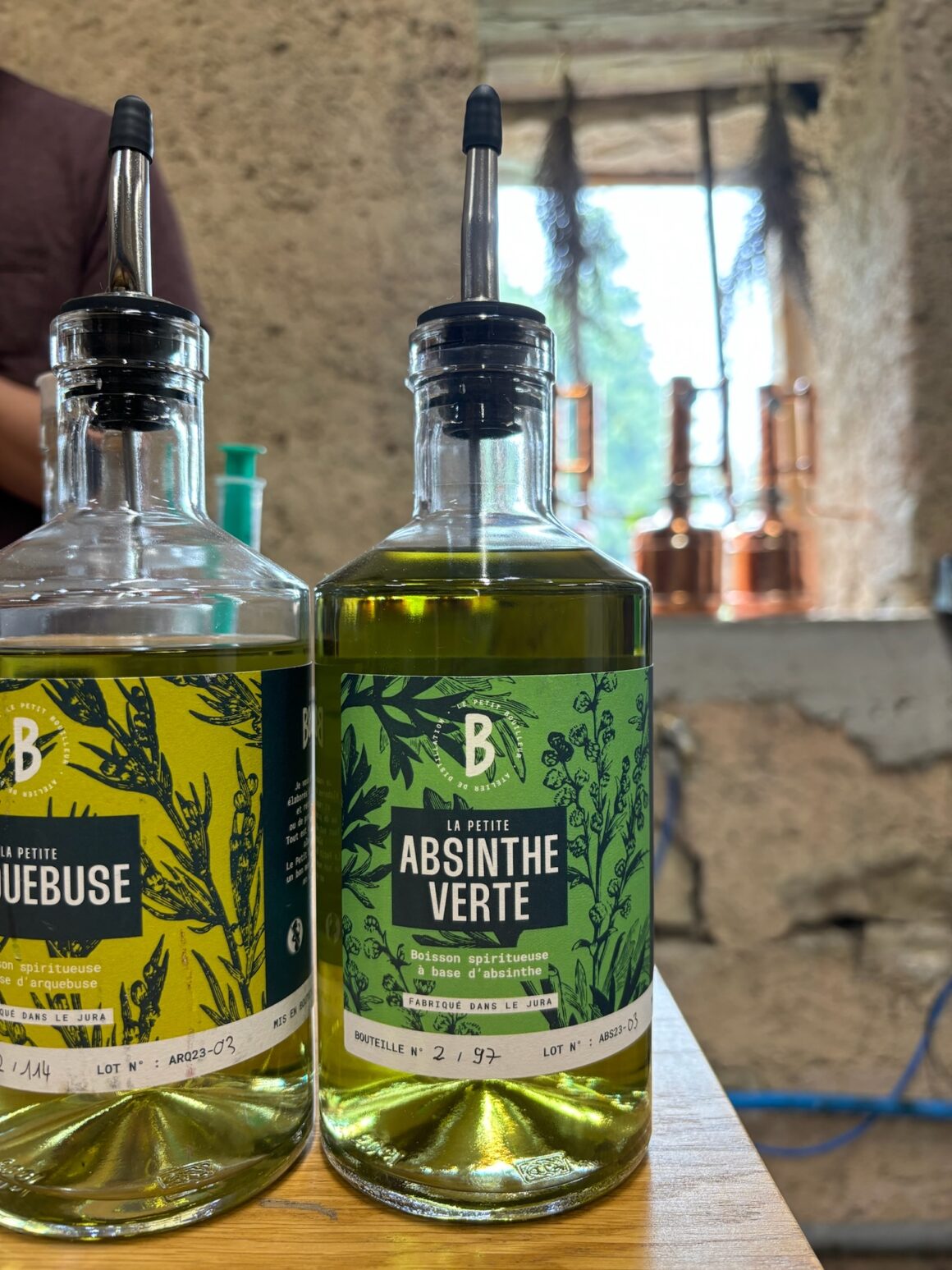
We learned that drinks like wine or beer contain small amounts of other alcohols, such as methanol and propanol. While ethanol is broken down into sugar by our bodies (which makes us gain weight), methanol and propanol cannot be broken down. The small amount of methanol causes headaches, and the propanol contributes to stomach pain the next day. Sulfites in wine can also contribute to a hangover, as they keep the flavor consistent but act like an antibiotic.
Absinthe Stop: La Semilla Distillerie
At La Semilla Distillerie, you’ll experience absinthe as it’s meant to be, with a heavy dose of tradition and flair. In a cozy space at the back of a barn, the craft of the farmer-distiller is revived, using copper stills to bring the authentic flavors of the Jura mountains to life. During your visit, you’ll not only learn about absinthe, a centuries-old drink made from wormwood, anise, and fennel, but also discover the truth behind the mysterious reputation of this green drink.
Though absinthe is often associated with hallucinations and other bad side effects. This turns out to be a myth spread by the French government in a smear campaign. Absinthe, which became popular during a wine shortage, was blamed by the government for increasing drunkenness and competing with the wine industry.
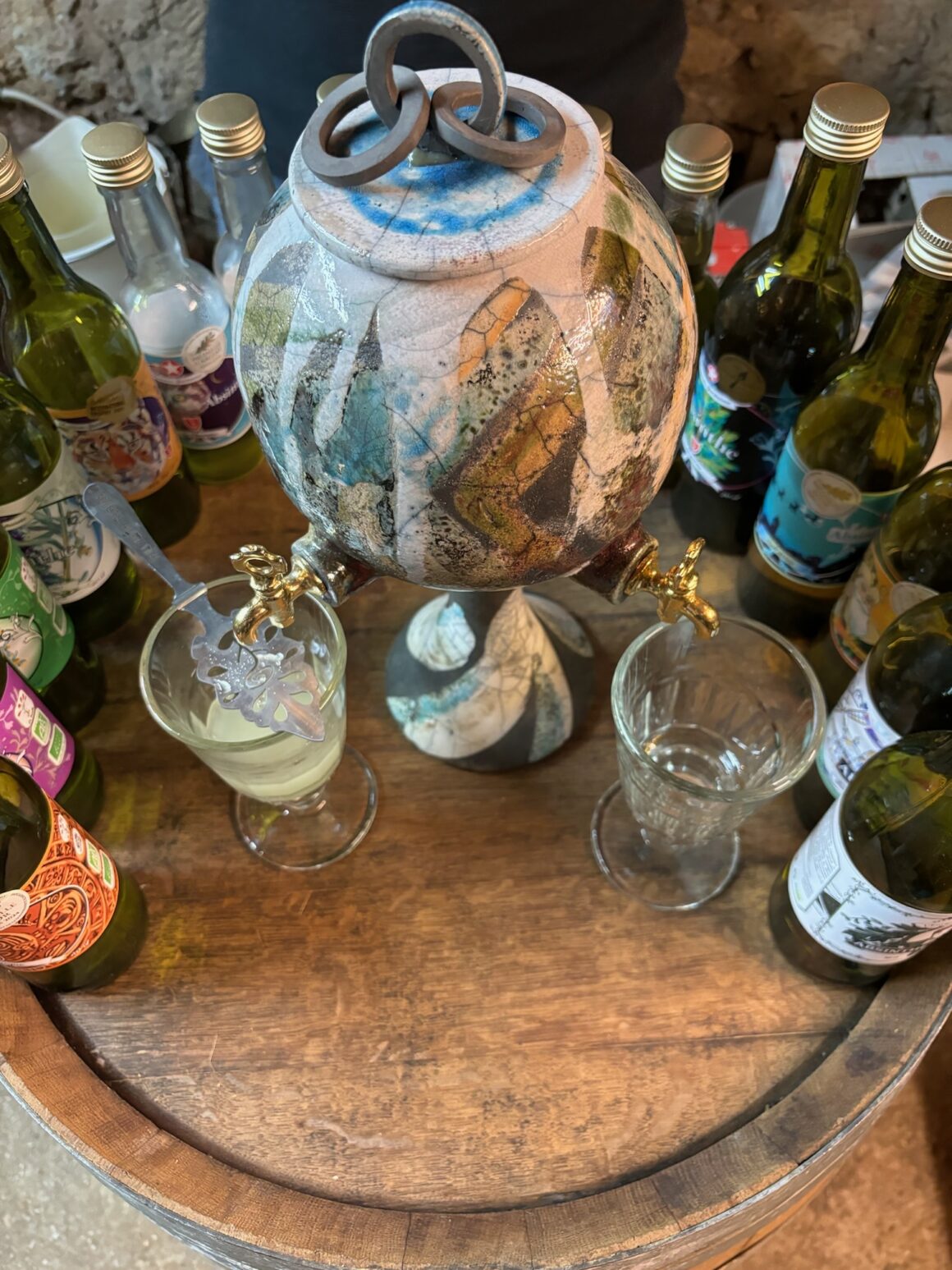
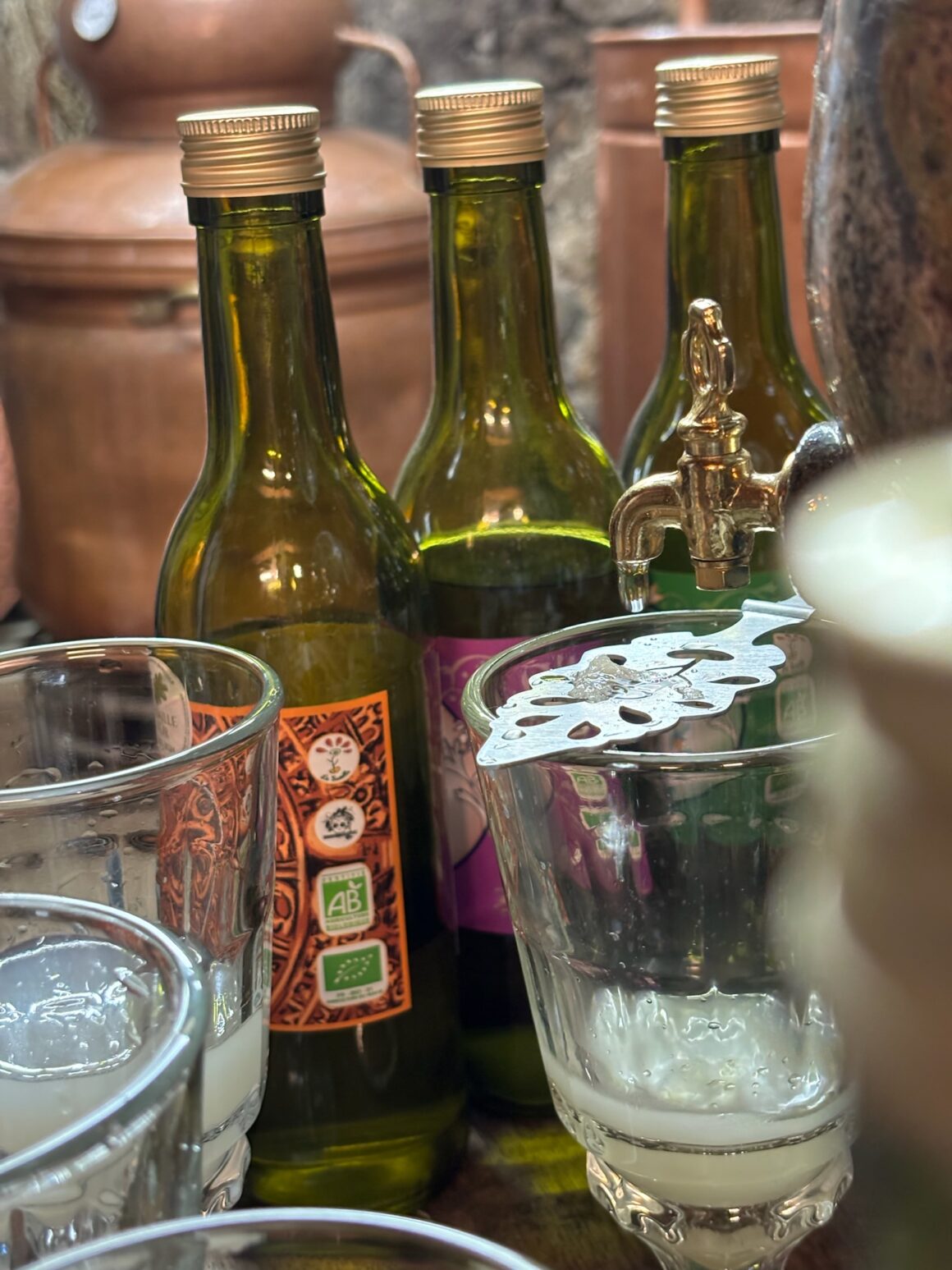
Time for a new experience, did you know that absinthe is consumed with water? Pour pure absinthe into a special absinthe glass, place an absinthe spoon with a sugar cube on top, and let ice-cold water drip slowly over the sugar. This transforms the absinthe into an enchanting drink that can even turn a bit white. This ritual makes the tasting truly unforgettable!
Hotel Tip Nearby: Hotel du Lac
A quiet hotel located by a lake in the Jura mountains, near the Swiss border. If you fancy a quick trip over the border, remember to check the toll road rules in Switzerland!
